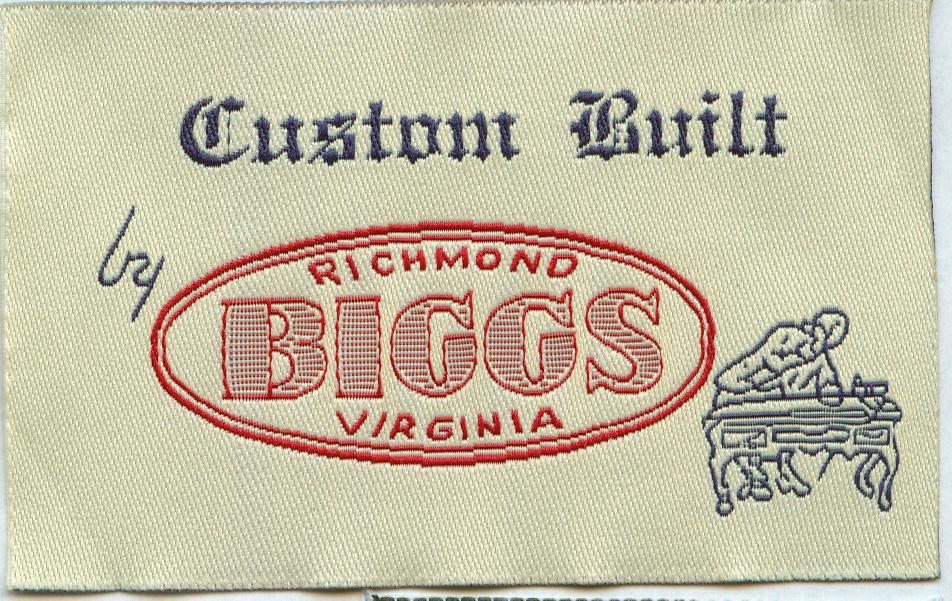Table of Contents
- Introduction
- Versatility of Woven Labels
- Simplifying Your Artwork
- Upping the Quality
- Ultimate Customization
- Branding Consistency
- Trademark Protection
- Conclusion
Introduction
Furniture woven labels are more than just a tag; they are a vital element in establishing and maintaining your furniture brand’s identity. These labels can transform a simple piece of furniture into a branded masterpiece, ensuring your products stand out in a competitive market. Here are six compelling reasons why woven labels are essential for furniture.
1. Versatility of Furniture Woven Labels
Furniture woven labels offer unparalleled versatility for your furniture brand. Once you’ve designed your brand mark, it can be seamlessly integrated across various furniture types. This consistency helps reinforce your brand identity. Whether it’s a chair, a table, or a sofa, the woven label maintains a uniform appearance that customers can recognize instantly.
2. Simplifying Your Artwork
Using woven labels as your primary branding source allows your artwork to shine on its own. Your furniture can carry the woven label, freeing up your design space for more creative expressions. This separation means your artistic designs do not need to be intertwined with branding elements, giving you the freedom to create stunning furniture pieces that fulfill different missions or objectives.
3. Upping the Quality
Woven labels, sewn directly onto your furniture, significantly enhances the perceived quality of your products. They add texture and a sophisticated display of your brand logo. This tactile addition not only looks premium but also feels premium, providing an extra layer of quality that customers appreciate and associate with your brand.
4. Ultimate Customization
For ultimate customization, remove the manufacturer’s label and replace it with your woven label. This approach is both cost-effective and efficient in creating a branded look. It allows you to tailor each piece of furniture to reflect your brand’s identity perfectly. Custom labels can match the aesthetics of specific collections or seasonal offerings, making your brand more versatile and responsive to market trends.
5. Branding Consistency
Woven labels ensure branding consistency across all your products, whether it’s hats, hoodies, or furniture. This uniformity helps in building a strong brand image. Customers come to recognize and trust your brand through these consistent visual cues. Customizing labels for different collections further enhances this consistency, allowing you to maintain a coherent brand presence in every product category.
6. Trademark Protection
Woven labels are an excellent way to showcase your logo, which can be crucial for trademark applications. They provide a tangible means of demonstrating your logo’s use in commerce, which is a key requirement for securing trademark protection. This not only helps in legal aspects but also solidifies your brand’s identity in the marketplace.
Conclusion
Furniture woven labels are indispensable for your branding strategy. They offer versatility, simplify artwork, enhance quality, provide ultimate customization, ensure branding consistency, and aid in trademark protection. Woven labels are not only beautiful but also durable, making them an essential component of your furniture brand’s identity. Consider them a strategic investment that enhances both the aesthetic and commercial value of your products.



